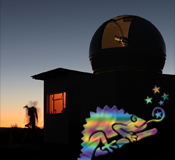 |
CHAMÄLEON + ONJALA OBSERVATORY DeepSky | SITEMAP HOME CHAMÄLEON |
|
 |
|||
| « zurück zur Startseite
Galaxien « back to home galaxies |
Großes Bild laden - load large image 2048 x 1400 Pixel Aufnahmedaten Image data |
NGC 3628 in the constellation Leo
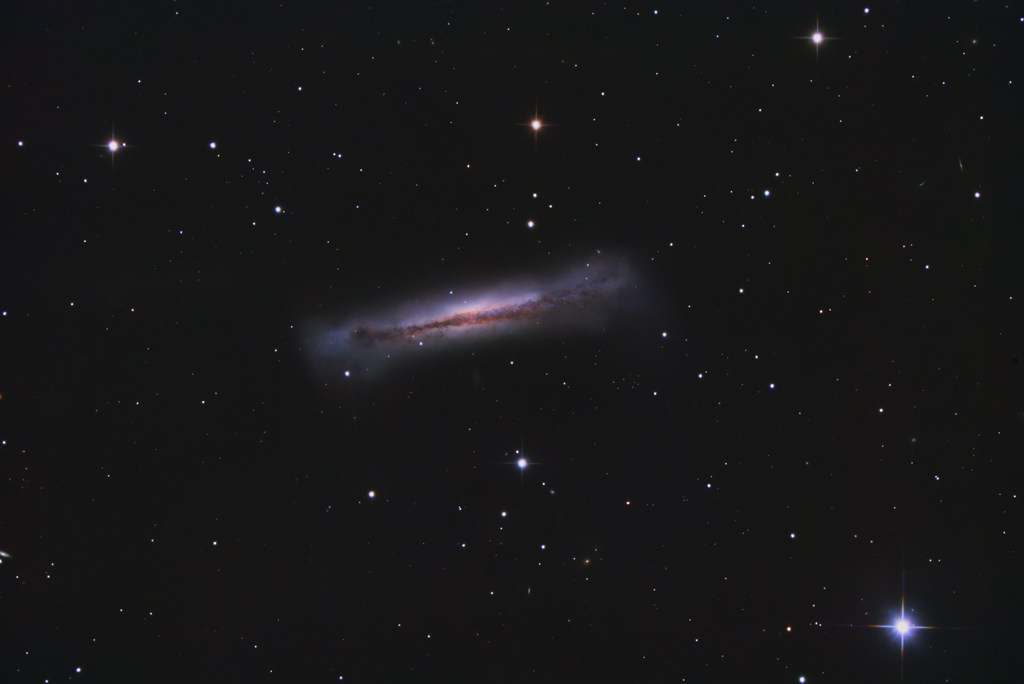
NGC 3628 - Unser Bild zeigt NGC 3628, die so genannte Hamburger Galaxie, im Sternbild Löwe. Sie ist Mitglied des Leo Tripplet. Es ist eine Spiralgalaxie und Mitglied einer kleinen, aber markanten Gruppe von Galaxien, dessen anderen beiden - hier nicht im Bild - auffälligsten Mitglieder Messier 65 und Messier 66 sind. NGC 3628 verbirgt seine Spiralstruktur, ihr markantestes Merkmal ist ein dunkles Staubband, das quer durch die Scheibenebene verläuft und infolge der gravitativen Wechselwirkung zwischen NGC 3628 und ihren beiden Begleitern sichtbar nach außen verzerrt ist. Aufgrund ihres Aussehens wurde sie als Arp 317 im Atlas of Peculiar Galaxies katalogisiert, der 1966 von Halton Arp veröffentlicht wurde.
NGC 3628 ist mit einem wahren Durchmesser von knapp 150.000 Lichtjahren deutlich größer als unsere Milchstraße. Das Leo Tripplet ist etwa 33 Millionen Lichtjahre vom Sonnensystem entfernt. M 65 und M 66 wurden im Jahr 1780 von Charles Messier entdeckt. NGC 3628, das lichtschwächste des Trios entging ihm und wurde im April 1784 von Friedrich Wilhelm Herschel entdeckt. Ein hoch aufgelöstes Bild ist hier zu finden.
Object description
NGC 3628 - Our image shows NGC 3628, the so-called Hamburg Galaxy, in the constellation Leo. It is a spiral galaxy and a member of a small but striking group of galaxies whose other two most conspicuous members - not shown here - are Messier 65 and Messier 66. NGC 3628 hides its spiral structure, its most prominent feature is a dark dust band that runs across the plane of the disk and is visibly distorted outwards as a result of the gravitational interaction between NGC 3628 and its two companions. Because of its appearance, it was cataloged as Arp 317 in the Atlas of Peculiar Galaxies published by Halton Arp in 1966.
With a true diameter of almost 150,000 light years, NGC 3628 is significantly larger than our Milky Way. The Leo Tripplet is about 33 million light years away from the solar system. M 65 and M 66 were discovered by Charles Messier in 1780. NGC 3628, the faintest of the trio, eluded him and was discovered by Friedrich Wilhelm Herschel in April 1784. A high-resolution image can be found here.
NGC 3628 in the constellation Leo
Image data
Date: some nights in may 2022 - 9 x 600 s, QHY ALccd 12 (cooled)
Telescope: CDK 12.5" PlaneWave Astrograph + 0.8x Reducer at f = 2030 mmm
Location: Chamäleon Observatory, Onjala Lodge, Namibia
Image acquisition and processing: DeepSkyStacker, PixInsight + Photoshop by Bernd Gooßmann
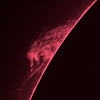 |
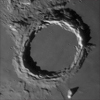 |
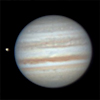 |
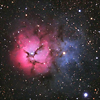 |
 |
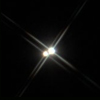 |
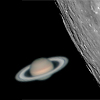 |
| Sonne | Mond | Sonnensystem | DeepSky | Weitwinkel | Verschiedenes | Spez. Projekte |